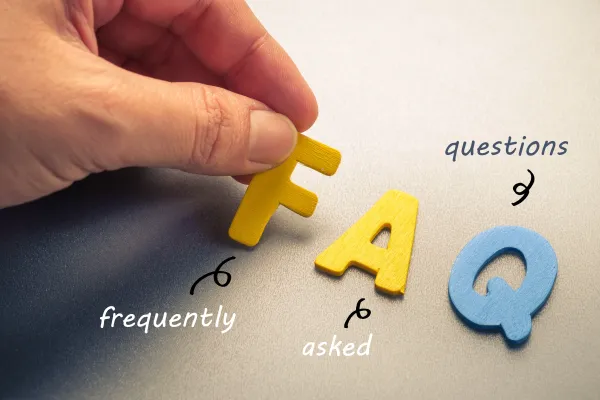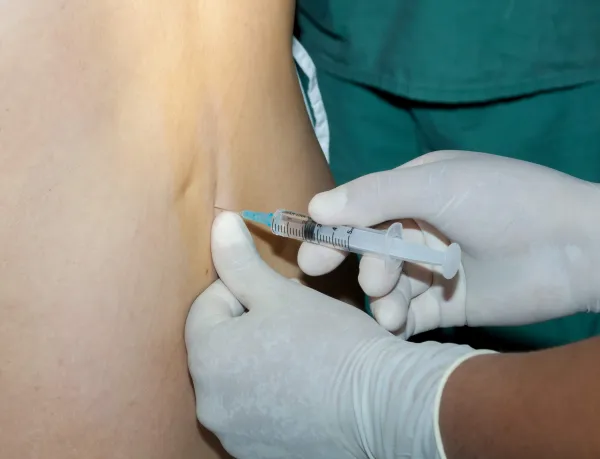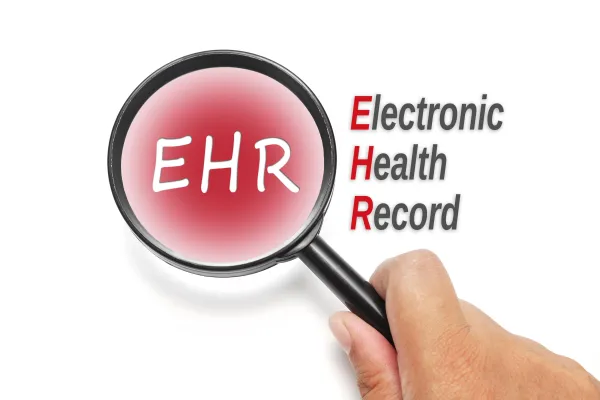Sharpen Modifier 25 Smarts with this FAQ

Remember to use 25 for E/Ms only ... never procedures. When it comes to a coding principle as basic as when to use modifier 25, most coders can correctly file a claim without thinking twice. If you don't brush up on your coding basics from time to time, however, you could get burned the next time something as seemingly elemental as a modifier 25-eligible claim graces your desktop. "Proper application of evaluation and management codes [E/M] codes and modifier 25 has been a longtime challenge for physician coders," says Mary I. Falbo, MBA, CPC, CEO of Millennium Healthcare Consulting, Inc. in Lansdale, Pennsylvania. Don't worry, though. With a bit of review, you can make your modifier 25 (Significant, separately identifiable evaluation and management service by the same physician or other qualified health care professional on the same day of the procedure or other service) coding foolproof, whether it's your first or 101st claim with the modifier. Check out this basic FAQ with some top-notch experts on the hows, whats, and whens of modifier 25. Q: When should a coder use modifier 25 on an E/M code? You can apply modifier 25 to an E/M service that is separate and significant from another procedure or service at the same encounter, confirms Melanie Witt, RN, CPC, MA, an independent coding expert based in Guadalupita, New Mexico. "The note must clearly indicate that the E/M dealt with issues that were not part of the other services," she continues. When you use modifier 25, it indicates that "on the day of a procedure, the patient's condition required a significant, separately identifiable E/M service, above and beyond the usual pre- and postoperative care associated with the [other] procedure or service," explains Falbo. The procedure that accompanies the E/M must be minor in order to report an E/M-25 along with a CPT® code, reminds Catherine Brink, BS, CMM, CPC, president of Healthcare Resource Management in Spring Lake, New Jersey. For coding purposes, a minor procedure is one that has a global surgical period of zero to 10 days. If the global period for the procedure exceeds 10 days, you shouldn't use modifier 25 for a separate E/M. Q: Are different diagnoses a must for modifier 25 E/Ms? A: Not necessarily. Sometimes, a patient will report for a procedure, such as a trigger point injection (TPI), and then require a separate E/M for some other type of pain. In PM clinics, however, you'll also see modifier 25 claims with the same diagnosis for the E/M and the procedure. This is perfectly allowable - provided you apply the modifier rules properly. "Different diagnoses are not required for reporting of the E/M services on the same date, but it is necessary that there be medical necessity to perform the separate service and that the E/M service provided goes beyond the normal preoperative work that is part of every procedure," explains Falbo. "Additionally, Medicare specifies that the decision to perform a minor procedure in itself is not sufficient justification for [an E/M with] modifier 25. There must be documentation that the service went beyond the evaluation needed to determine the need for the procedure," Falbo continues. The key to successful modifier 25 claims "is recognizing when your extra work is 'significant' and, therefore, additionally billable," says Falbo. While CPT® does not define "significant," Falbo recommends asking yourself these questions to see if the extra work qualifies for an E/M-25: Q: How can I prove that an E/M was separately identifiable from another service/procedure? A: "There is only one way, and that is to have clear documentation," Witt says. Typically, you won't submit documentation on your modifier 25 claims, but if the payer denies the claim you'll have to provide documentation on appeal, Witt explains. A separate diagnosis is always a good method to prove significantly separate services, but you won't always have different ICD-10 codes for the procedure and the E/M-25. Proper documentation for some E/M-25 encounters might include "a separate plan of care for the problem - for example, prescription drug management or ordering studies," Falbo says. Also, if you make it clear in the documentation that the provider reached the decision to perform the procedure after performing the history and exam, and the physician notes it in his plan of care, it could go a long way toward solidifying your E/M-25 claims. Bottom line: No matter how you do it, medical record documentation is key to substantiating that an E/M was medically necessary in addition to the work involved in a procedure for the same patient during the same visit. Make sure to get your notes right before submitting an E/M-25, so you'll be ready if the payer requires you to appeal the claim.




